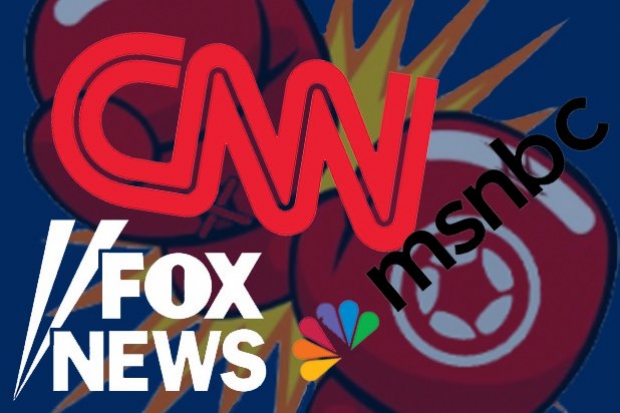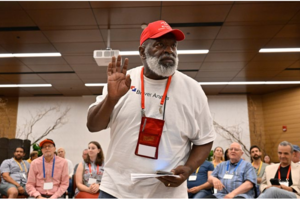The Subtleties of Media Bias

As we discussed in a recent blog post, everything we read is biased, as all individuals are consciously and subconsciously influenced by their own unique life experiences. Therefore, readers shouldn’t solely seek out unbiased sources, but rather deliberately consult multiple angles.
But how exactly does bias play out in the news, apart from the obvious? A great deal of it is surprisingly covert, so much so readers might not realize that what they're reading is full of slant. The main types of media bias can be divided into two camps: what news outlets choose to share and how they share it.
Which events are news?
Perhaps the stealthiest form of partiality, new outlets are inherently biased in deciding what gets press time. Have you noticed that left-leaning sources like the New York Times or Washington Post are quick to report instances of white terrorism, while outlets from the right such as Fox are the first to cover stories of undocumented immigrants engaging in criminal activity? This is known as the media’s gatekeeping bias: a news outlet judges what is newsworthy and what goes untold. Similar is visibility bias, also known as coverage bias, in which reporters emphasize certain aspects of a story to benefit a partisan narrative.
There are numerous other kinds of biases at play when news outlets choose which stories to cover. For example, advertising and corporate biases influence news coverage according to financial interests, while a sensationalist bias prioritizes salacious events to boost ratings.
How are events discussed?
The second category of media bias — how news outlets share stories — is primarily apparent in tonal bias. AllSides’ daily headline comparisons from sources across the political spectrum highlight tonal bias and show how different outlets report on the same event — often in drastically different ways.
Concision bias, the tendency to present stories succinctly, also impacts news production. Reporters are encouraged to keep coverage brief and understandable, and therefore it is often impossible to cover issues in a detailed, accurate manner that would meet the standards of an expert.
Take both bias categories into account to achieve a balanced understanding of current events
Not all bias is blatant. News consumers are constantly subjected to subtle forms of partiality that significantly impact their understanding of current events. What the media does — and does not — cover is arguably more influential than how journalists present information.

April 22nd, 2024

April 19th, 2024

April 19th, 2024

April 18th, 2024